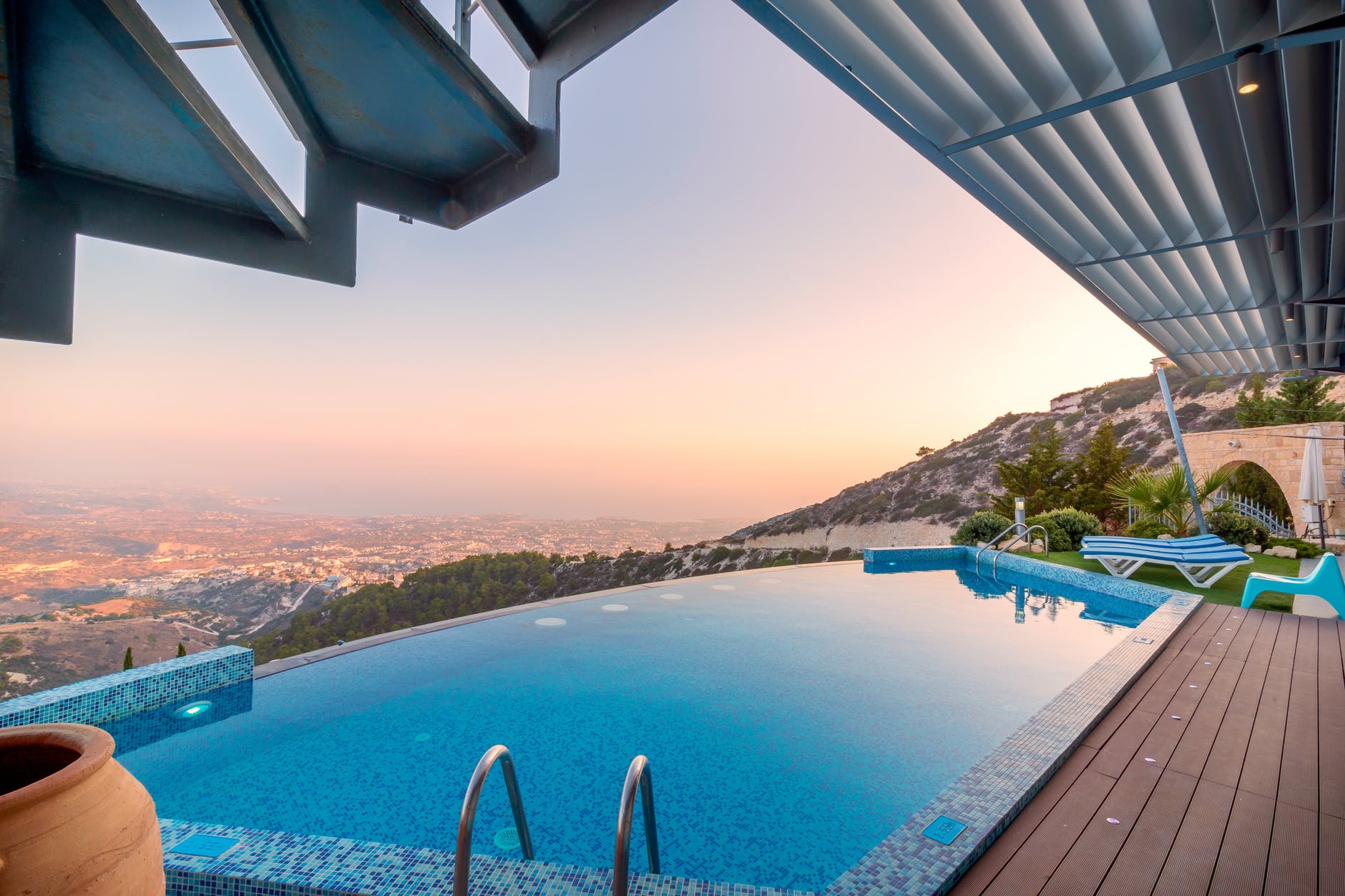
With climate change being a real concern and the average temperatures of places constantly rising, it is a real concern for swimming pool owners to deal with this situation in an effective way so that they can successfully maintain the health of their swimming pool. A swimming pool is a great addition to places where the heat can get so extreme that taking a dunk in a nice cool pool is just what people need to soothe their soul and their burning bodies. People in southern California struggle a lot with this issue because, in the peak summer months, some of them struggle to take adequate care of their pool, which in turn results in some kind of imbalance in the pool, causing harm to the people using it as well as the shell and the pool mechanism. To help those people out who struggle with the same issues in hot places all over the world, we have come up with certain solutions to help them effectively combat this heat.
Proper Pool Water Chemistry
The single most effective way to ensure that your pool health is maintained is to keep track of the pool water chemistry. When your swimming pool is exposed to extreme heat from direct rays of the sun, the UV rays of the sun can cause some serious damage to the chlorine levels. To maintain the chlorine levels in the pool, taking regular tests is extremely important. Depending on these tests, you can add or remove chlorine from the swimming pool accordingly. It is recommended that when it is very hot especially during the peak summer months, you take the chlorine test at least once a week and continue this practice to make sure that your swimming pool chemistry is well balanced and well-maintained. The chlorine levels of the pool must be between 2 to 4 parts per million (ppm). Since the UV rays often reduce the chlorine in the pool, you will have to periodically take the tests and add chlorine whenever necessary so that your pool remains clean and safe to use.
Additional Read: Most Common Pool Pump Issues and Their Solution
A normal swimming pool is always supposed to be slightly alkaline. The pH level of the swimming pool should be between the range of 7.2 to 7.6. There are very basic pH tests that you can take to check the pH of your pool water. Based on the results, if you find that your swimming pool is too acidic (below 7), then you have to add a base to neutralize this. If the pH if the pool is too basic (Above 8), then adding an acid is the proper solution. Make sure you take these tests weekly as well, just like the chlorine test.
You must also check for the calcium hardness of your pool water as well. The average recommended calcium hardness of the swimming pool water must fall within the range of 200 to 400 ppm. Unlike other tests, you can test for calcium hardness once a month. This test tests how hard or soft the water is. If the water is too hard, then you as a pool owner will have to deal with a lot of scaling on the pool surfaces, which can be quite an eyesore and also a pain to clean. Using TSP in the pool in the case of hard water can reduce this issue. If you find the water to be too soft, adding some calcium chloride helps a lot as well.
Testing for cyanuric acid regularly also contributes to maintaining proper pool chemistry. The level of cyanuric acid in pool water should fall between the range of 30-50 ppm.
Maintain Your Pool Equipment Well
This holds especially true during the hotter months. Do regular checks of your pool pump, filter, and the skimmer. It is recommended that during these hot times your swimming pool pumps run for a minimum of 10 to 12 hours. If your pool hardware is faulty and not working as efficiently, then this will result in the pool water to be extremely cloudy, in turn messing with the pool chemistry as well.
Treating Algae in Pools
Algae usually is a major issue in swimming pools where the level of chlorine is super low. Once your pool develops algae, it becomes quite the task to remove it completely, which is why we emphasize on the fact the prevention is better than cure! When you manage your pool water chemistry well, a lot of things get fixed. Using an algaecide every week especially in warmer climates can also be once preventive measure people can take. Regular cleaning and brushing also help in managing the situation.


